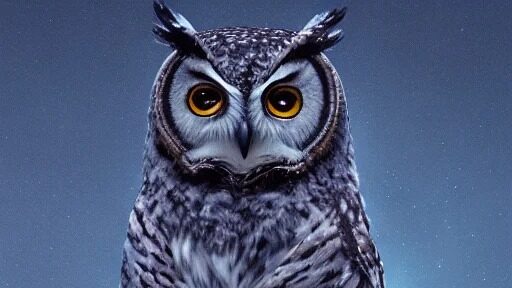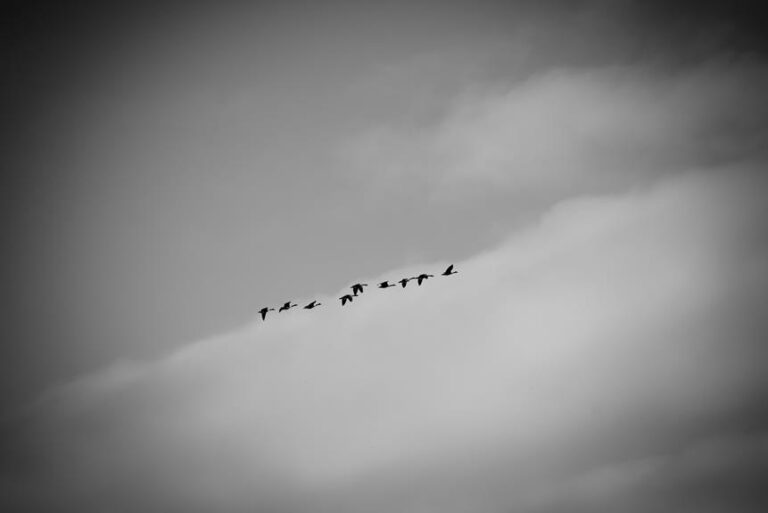Avian flight has captivated observers for centuries, with birds exhibiting remarkable aerial abilities. From hovering hummingbirds to kestrels that can stop in mid-air, the mysteries of bird flight have inspired many innovations in aviation and other fields.
In this article, we’ll explore the intricate mechanisms of flight, the forces that propel birds in the air, and the evolutionary adaptations that enable birds to stop in mid-air. Discover the science and secrets of avian flight and how birds can stop in mid-air.
Contents
Key Takeaways
- Birds like hummingbirds and kestrels have specialized adaptations that allow them to stop in mid-air.
- Scientists study these birds to understand the mechanisms behind mid-air stops.
- Bird flight is a fascinating area of research that continues to capture attention.
- Bird flight has inspired human innovation in various fields, including aviation, robotics, drone technology, and medical devices.
Unique Flight Abilities
Many birds possess unique flight abilities, such as the ability to hover or remain stationary in mid-air, which is enabled by specialized adaptations.
Hummingbirds and kestrels are two species of birds that are capable of achieving these remarkable feats. Hummingbirds can hover in mid-air by rapidly beating their wings, while kestrels can achieve stationary flight while hunting.
To accomplish these feats, these birds have developed specialized adaptations, such as wing shape, feather orientation, and aerodynamic capabilities.
Scientists continue to study their unique flight abilities in order to understand the mechanisms that allow them to remain suspended in mid-air. These studies have resulted in insights that have been used to improve the design of aircraft and drones.
Thus, the remarkable flight abilities of these birds have enabled new human innovations and provided an excellent example of the power of adaptation.
Forces Behind Flight
Building on the unique flight abilities of certain birds, it is important to understand the forces that enable flight, namely lift and thrust. Lift opposes gravity and keeps birds airborne, generated by the interaction between the wing and the air. Thrust, created by the flapping motion of the wings, pushes birds forward. Lift and thrust work together for efficient flight.
Other flight considerations include:
- Aerodynamics, wing shape, curvature, and feather orientation influence flight performance.
- Birds adjust their wings during flight to control their trajectory and speed.
- Aerodynamic adaptations enable efficient flight.
Flight Speeds and Patterns
By leveraging the lift and thrust generated from their wings and the aerodynamic adaptations of their body shape, birds can reach a wide range of flight speeds and exhibit diverse patterns of flight.
The peregrine falcon is the fastest, reaching speeds up to 240 miles per hour. Acrobatic aerial displays characterize some birds, while long-distance migratory birds have remarkable endurance for long-distance flights.
To navigate, birds use a combination of celestial cues, landmarks, and Earth’s magnetic field. Hummingbirds and kestrels have specialized adaptations for mid-air stopping, enabling them to hover in mid-air or remain stationary while hunting.
Flight has been studied by scientists for centuries, inspiring human innovations in aviation and other fields. Bird flight is a marvel of evolution and adaptation.
Evolution and Adaptation
Building upon the remarkable flight abilities of birds, the evolution and adaptation of avian flight has enabled birds to exploit different ecological niches and access new food sources.
Natural selection favored traits that promoted better flight capabilities, such as lightweight bones and strong muscles, a streamlined shape, and specialized wings. Birds also developed the ability to make aerial maneuvers.
Avian flight provides birds with an advantage in escaping predators and finding food sources. Flight in birds is a fascinating chapter in the story of evolution, demonstrating how the powerful forces of natural selection can shape the world we see today.
Furthermore, bird flight has inspired human innovations in aviation, robotics, drone technology, and medical devices.
Human Innovations
Drawing inspiration from birds’ remarkable flight abilities, engineers have used avian flight as a source of inspiration to develop cutting-edge aircraft designs and efficiency. From the shape, size, and orientation of wings to the aerodynamic forces behind flight, birds have provided insight into the remarkable mechanics of flight. Bird-inspired innovations extend beyond aviation to robotics, drone technology, and medical devices.
| Field | Innovation |
|---|---|
| Aviation | Streamlined shapes, wing shape, curvature, feather orientation |
| Robotics | Hovering, stationary flight, mid-air stops, navigation |
| Drone Tech | Autonomous navigation, aerodynamic efficiency, navigation in unfamiliar areas |
| Medical | Flapping motion for prosthetic wings, implantable sensors for navigation |
Human engineers are constantly striving to emulate the elegant mechanics of bird flight. With increasing technological advancements, scientists and engineers have been able to develop more efficient and powerful aircraft designs, and explore new possibilities in robotics and medical devices.
Conclusion
Avian flight is a remarkable feat of nature that has captivated observers. Through examining bird anatomy and flight mechanics, forces behind flight, flight speeds and patterns, and evolution and adaptation, we can gain insight into how birds are able to stop in mid-air.
The incredible abilities of birds have led to further investigations, and have even inspired human innovations in aviation and other fields. Avian flight is a remarkable phenomenon that will continue to intrigue us for years to come.






